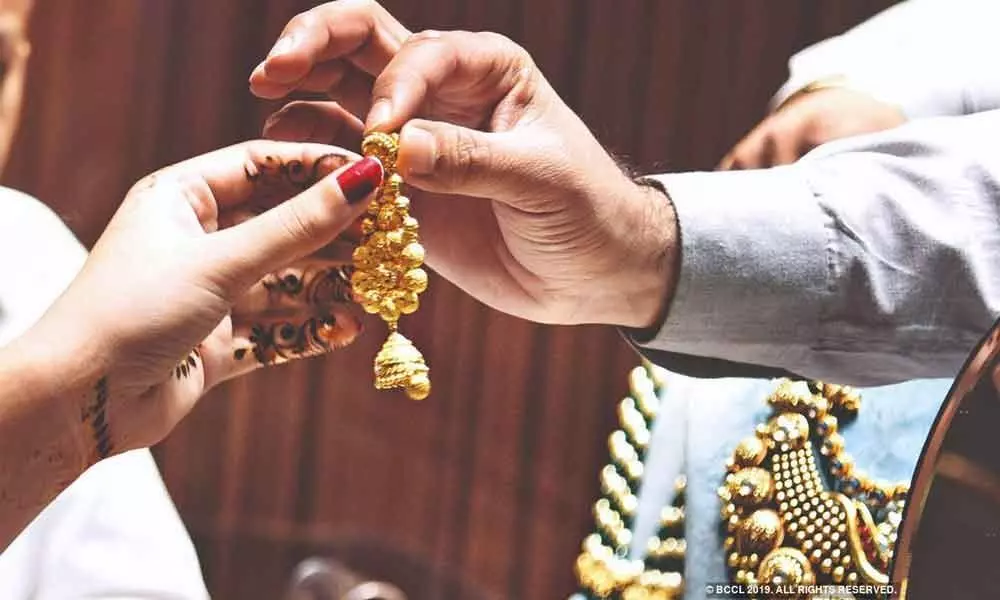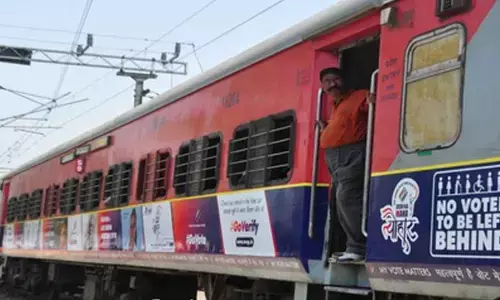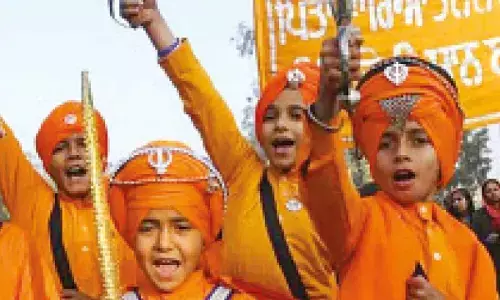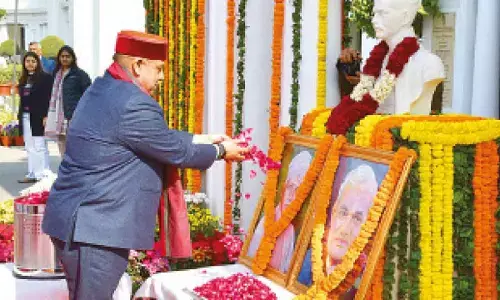Gold amnesty scheme will go note ban way

Centre should reduce taxes, curb corruption if it wants to curtail black economy
How powerful is Kalvakuntla Chandrashekar Rao? As the first Chief Minister of Telangana and founder of Telangana Rashtra Samithi, he has no opposition whatsoever in his party and also in his government. That's nothing new. Regional political satraps enjoy unchallenged power in their governments and parties.
Similar was the case at national level too when Indira Gandhi ruled the country. Gujarat strongman Narendra Damodardas Modi also enjoyed unchallenged power in Gujarat as its chief minister for over 12 years and seven months.
His current stint as Prime Minister of India since May 2014 also falls into this 'unchallenged power' category.
But in democracy, power never remains static. From 2004 to 2014, Sonia Gandhi was among the world's most powerful people. She enjoyed the powerful position as president of Indian National Congress and Chairperson of United Progressive Alliance (UPA) which was in power at the Centre during that decade.
Now, Modi has not only slipped into her shoes, but is more powerful. He became much more powerful after his resounding victory in 2019 General Elections in which BJP that he represents won a staggering 303 MP seats.
However, his aura among voters dipped a bit in recent Maharashtra and Haryana elections where BJP faced some hiccups.
But KCR emerged stronger after recent Huzurnagar by-polls in which his TRS had not only captured a Congress bastion, but also conquered the Assembly seat with a resounding majority of over 43,000 votes.
No surprise the TRS supremo is dealing with TSRTC strike with an iron hand despite High Court consistently finding fault with the government's handling of the issue and TSRTC employees taking to streets in support of their demands.
Interestingly, even ardent supporters of the pink party and its boss are not happy with the way RTC strike is being handled by the government. But they take comfort in the belief that KCR is still the most powerful leader in Telangana.
That's not far from the truth though. He can make or break TSRTC now. No one can question his decisions as long as he has people's support.
But politics is dynamic in nature and any wrong step can land a politician, tall or small, in soup. Therefore, politicians in power should always tread with caution and foresight.
Otherwise, they will pay a heavy political price. Recent reports from our National Capital Region of New Delhi have indicated that the Modi government is mulling over a scheme to unearth unaccounted gold in the country.
This information surfaced at a time when the country is close to marking the third anniversary of ill-advised demonetisation exercise. On November 8, 2016, Prime Minister Modi took the country by surprise when he announced the immediate withdrawal of high value currency notes of Rs 500 and Rs 1,000.
The move was primarily aimed at flushing out black money from the system. Post the announcement, people faced unprecedented liquidity crisis for a few months. However, the much-hyped move failed to dig out any black money as entire currency (Rs 15.4 lakh crore) in circulation came back to banking system.
In this back drop, it is very unlikely that the so-called gold amnesty scheme will give any better results. Further, Indians love gold.
More so are Indian women for whom gold is a precious treasure and owning gold jewellery is their birthright. Moreover, gold is passed on from generation to another. And it is the best investment option for many.
It is estimated that Indians own 25,000-30,000 tonnes of yellow metal though there is no record of actual numbers. The total value of this gold will be around $1.5 trillion (Rs 106 lakh crore), which is equal to half of India's GDP.
Asking people to show purchase record for all this gold is simply ridiculous. It is said that under the amnesty scheme, people will have to shell out 33 per cent as tax and cess if they don't show purchase details or if any unaccounted gold is found.
Reports also say that women will be allowed to keep some gold without showing transactional details, but there will be some limit on this.
A central government official clarified however that there was no such scheme in making, but such details would not have come out without any discussion on such scheme among government officials.
The fact of the matter is that corruption and tax evasion are the main sources of black money in India. The central government and people who control it can't control black money without addressing these key issues.
If the government reduces tax rates, tax base will automatically go up. So will also be tax compliance and tax revenues.
And it has to find ways to curb corruption which has become a norm, not exception, in the country. If the central government goes ahead with the gold amnesty scheme, I don't think people will forgive BJP, Modi and his government as they did when note ban was foisted on them three years ago.
There will indeed be a severe political backlash. If that happens, the saffron party and its leader will have to pay a heavy political price.

















